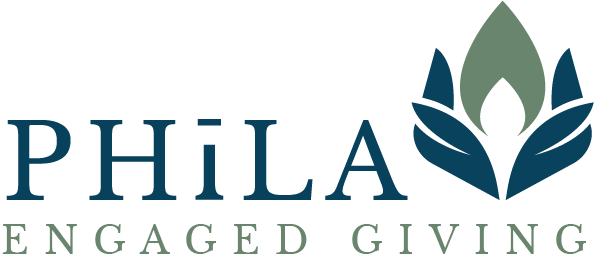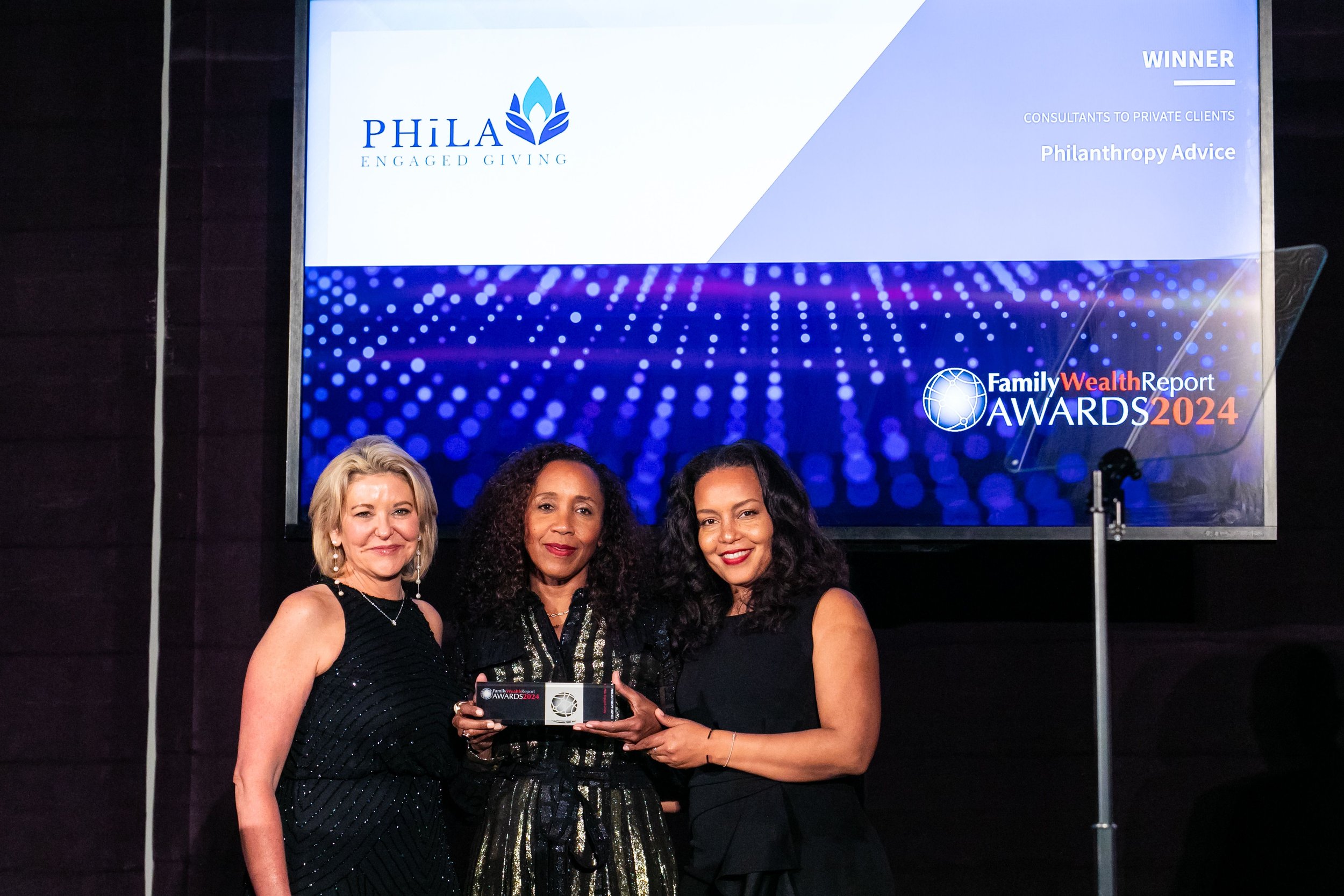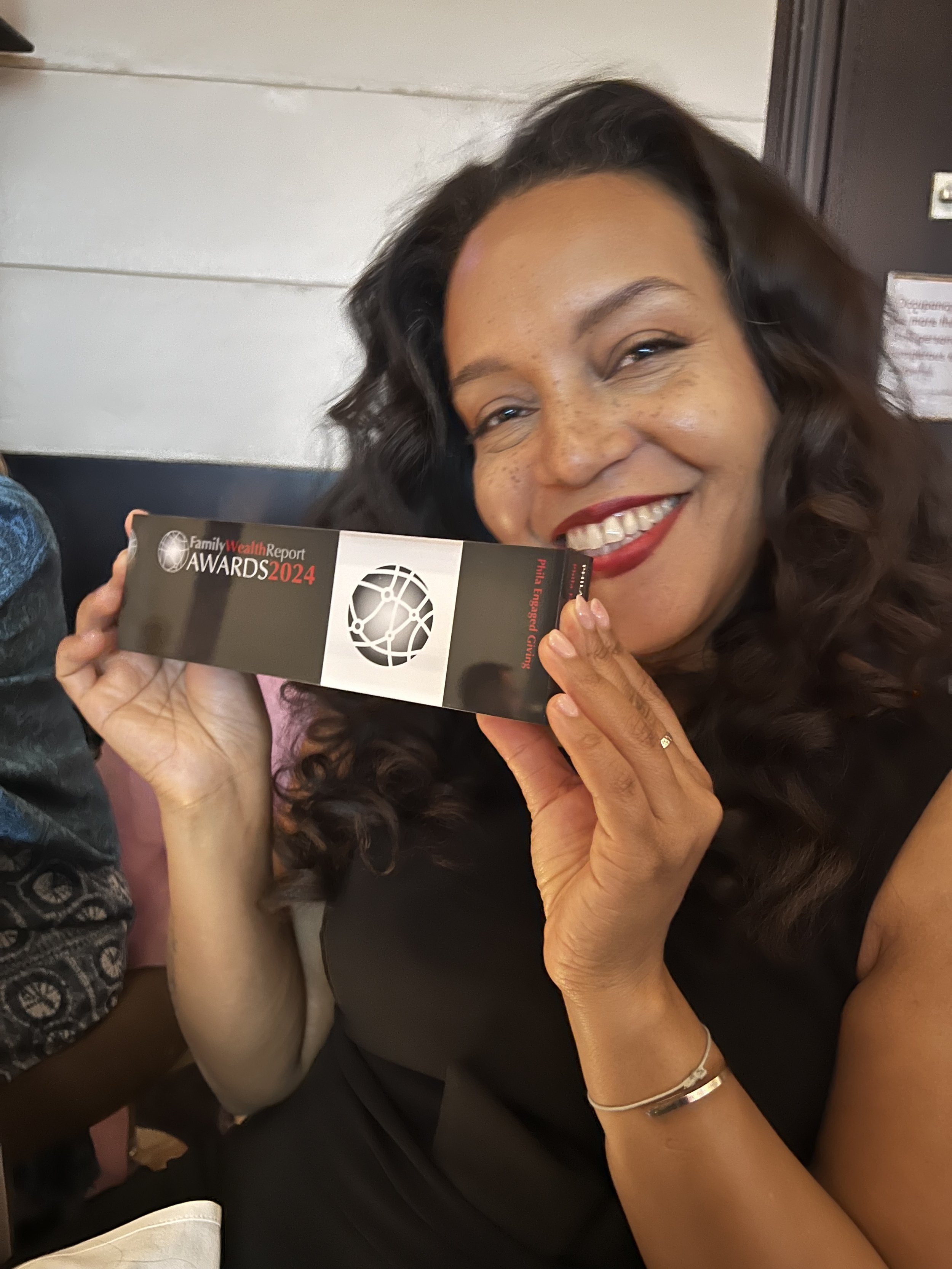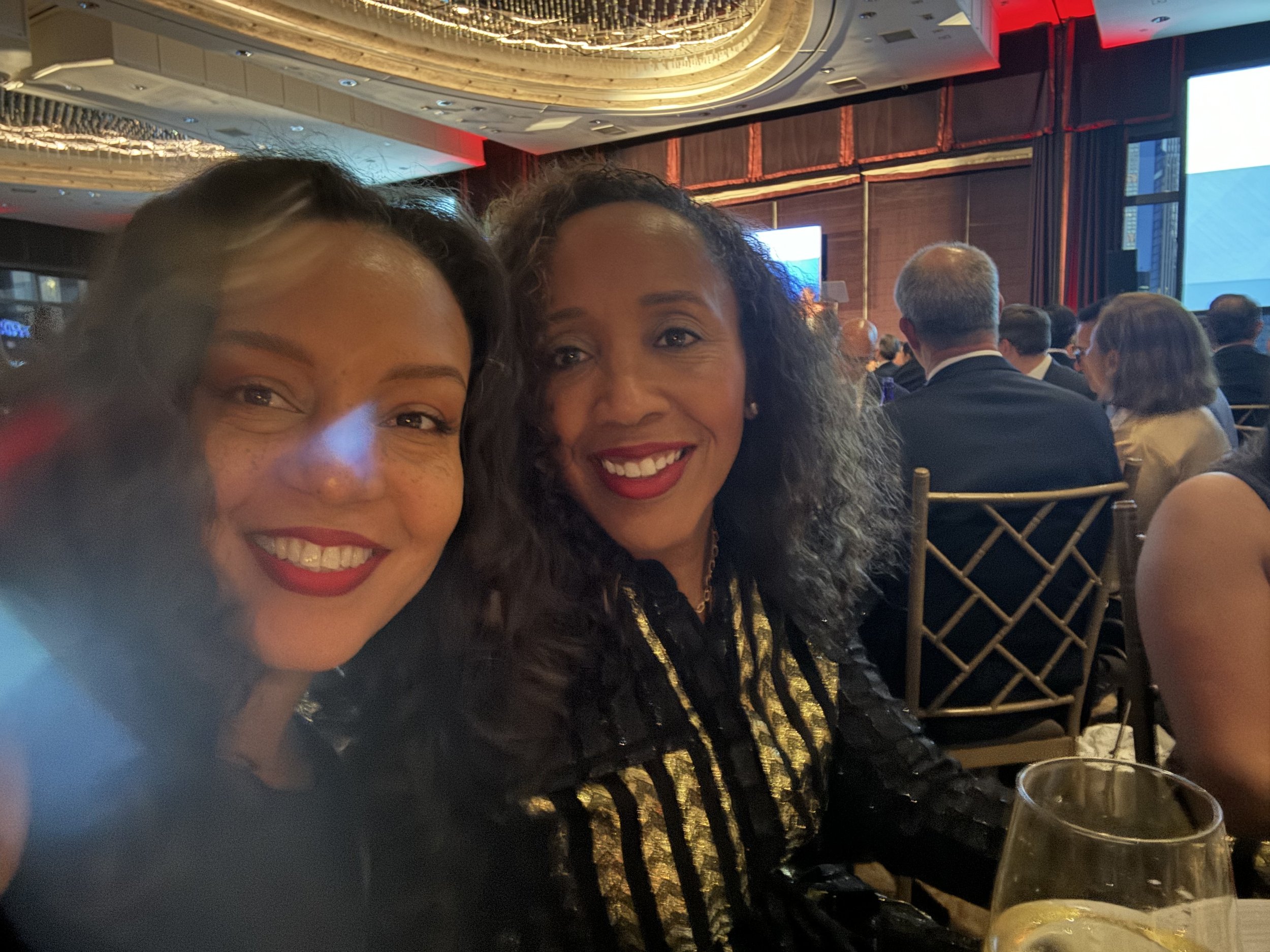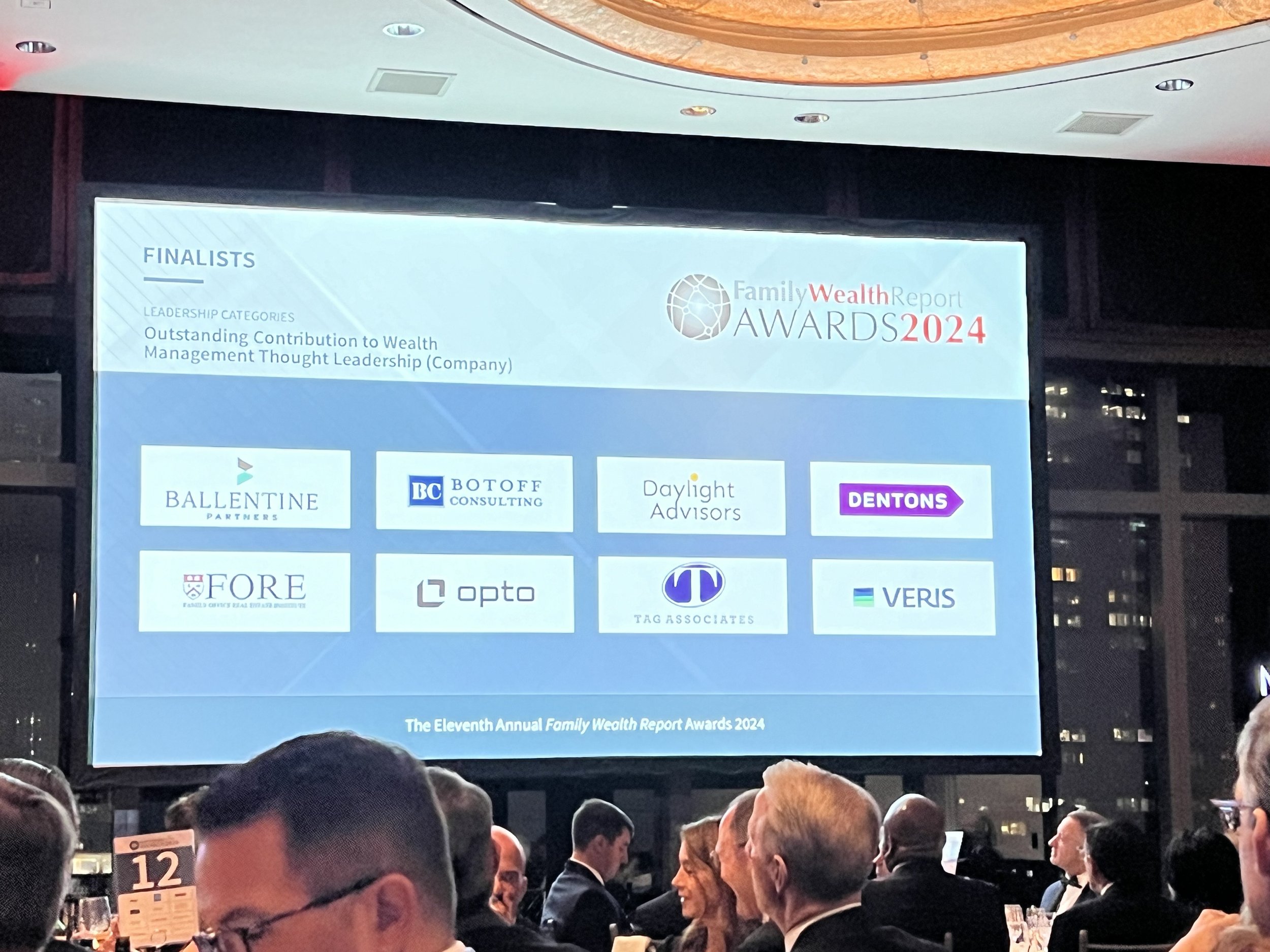By Sofia Michelakis, Managing Director
Alex Welsh for The New York Times
As a philanthropic advisor and former lead of the Giving Pledge, I read with great enthusiasm Bill Gates’ announcement that he is accelerating the pace of the Gates Foundation’s grantmaking to adopt a 20-year spend-down. This is a real mark of leadership to step up during a time when the entire philanthropic sector is under threat. Through his example, Gates is signaling clearly the value of philanthropy and his view that progress can be accelerated by giving more now.
Inspired by Chuck Feeney, the well-known philanthropist who gave away nearly his entire $8 billion fortune in his lifetime, Gates hopes others will join him. “I do think good examples influence other people,” he said, adding, “I think the rich people today should do more philanthropy ...” The question on many people’s minds is, Will his call be answered? No one can say for sure, but as our recent guest blogger, Maggie McGoldrick of the National Center for Family Philanthropy, has noted, many foundations are increasing payout and adopting a spend down horizon.
Often overlooked is the difference between a foundation deciding to spend down its endowment, and an individual choosing to spend down personal wealth. Gates plans to do both. Even after $60 billion in contributions that Gates and his former wife Melinda French Gates have made to the Gates Foundation, he still has a whopping $108 billion in personal assets remaining. He has committed to dropping his personal wealth by 99% to fund his charitable endeavors, which includes support for research to end Alzheimer’s disease and other initiatives in addition to his giving through the Gates Foundation.
The distinction between foundation endowments and personal assets is important beyond the Gates example. The combined endowments of private foundations is a fraction of the wealth held by the wealthiest individuals and families. As of the end of 2024, U.S. private foundations held approximately $1.59 trillion in total financial assets, compared to over $49 trillion in wealth that is held by the top 1% of US households.
While helpful resources exist for foundations spending down, the same is not true for individuals exploring this journey. We have had the privilege to work with multiple clients who are in the process of spending down a majority of their personal assets in 10 or 20 years. Some of the reasons we’ve heard from our clients include:
They wish to be bold and make a bigger difference today.
They believe their position in a system of deep wealth inequality compels them to act with a vision for shared wellbeing.
They don’t want their wealth and charitable plans be a burden to their children.
In other words, you don’t have to be as wealthy as Bill Gates to decide that you want to make a big difference in your lifetime!
For individuals considering how to approach spending down, we have five effective practices for you to consider.
1. Determine “how much is enough”.
What am I going to do? Just go buy a bunch of boats or something? Go gamble? This money should go back to society in the way that it has the best chance of causing something positive to happen. - Bill Gates
How much wealth you want to dedicate to philanthropy can be a struggle to decide. Putting off the decision while your wealth is compounding often causes people to give well below their capacity and undermines their intentions not to end up with an outsized charitable estate.
We find it helps people to figure out their personal family annual spending budget. Wealth advisors routinely work with their clients to come up with a comfortable spending amount. They can also project this out to come up with a total amount needed to live on before and after retirement. Another helpful resource that includes peer circles for shared learning is the Enough Project.
Individuals also need to plan how much to set aside for children and grandchildren and anyone else outside of their immediate family they want to provide for in the future. Knowing how much you need to provide for yourself and loved ones will help you assess how much wealth to give away.
2. Decide on a specific time horizon.
[I]t allows us to do a lot more because we’re not trying to steward our money for some weird legacy thing. If we were trying to be a forever foundation, instead of being able to spend $9 billion a year, we’d have to drop down to spending like $6 billion a year. - Bill Gates
You know you want to give while living, but what does that mean? Ten years? Twenty years? Thirty? Confronting mortality is difficult, and none of us know how long we will live. Asking the question is important, as it has big implications for your annual giving budget. A good tool to test different scenarios and projections that we use is PhilanthPro (subscription based, and individuals can purchase their own account).
We often advise our clients to choose a time horizon that feels right to them now, and revisit it every five years or after a major life event. Bill Gates started out thinking he and Melinda would spend-down 50 years after their deaths, but that original time horizon has been shortened multiple times to the current 20-year plan.
Factors to consider in deciding a time horizon include:
Your age – when do you envision stepping back or “retiring” from active charitable giving?
Your level of involvement – how important is it for you to personally direct how and where funding will go?
Your values–what is your vision for the world you want for yourself, your children (if you have any), and your community?
Your sense of urgency–how do you feel about addressing today’s needs vs. reserving funds for the unknown needs of the future?
3. Communicate with your family.
In my case, my kids got a great upbringing and education but less than one percent of the total wealth. - Bill Gates
When a charitable foundation changes its time horizon from perpetuity to spend down, it is a board decision. Sometimes multiple generations of a family sit on that board and are involved in the decision. However, there is no official “board” governing your decision to spend down your personal wealth and no requirement for transparency.
We recommend that you share with close family members that you plan to spend down your wealth and why you are doing it. Some couples even decide to put their decision into a sort of “love letter” to their family that describes their values and motivations. Many adult Next Gen in families we’ve worked with have not only supported their parents’ spend down decisions, but also advocated that the family increase and accelerate their charitable giving. Also, be sure to discuss any roles for children or grandchildren envisioned in your plans before assuming that they do (or don’t) wish to engage. In the end, you simply don’t want close members of your family surprised or uninformed.
4. Get your advisors aligned around your goals.
A team of advisors can help you plan for distributing assets that you will give away. Most wealthy people have complex assets that will need to be considered – real estate, appreciated stock, privately held companies, revocable and irrevocable trusts, art collections and more.
A spend down plan may require letting go of perfectly tax efficient giving. Your accountant can help you understand the annual charitable giving amounts that are deductible from your income taxes, and you may discover that accelerating your giving means it won’t all be tax advantaged. When your tax advisor points this out, they are not telling you that you shouldn’t do it! Most CPAs are happy to see clients find joy and meaning through their philanthropy, and bringing up tax considerations is simply part of their job.
Similarly, your wealth manager can help recommend the sequencing of asset liquidation to make funds available for giving in the early years of your spend down plan, while recommending a longer term plan to transfer or distribute funds from your more complicated assets to charity. Your estate attorney likely has a key role to play as well, as you will need to update your wills, review your existing trust documents, and make sure your intentions are documented properly.
Given the variety of distinct skills involved in a personal spend down plan, we recommend that you have a “quarterback” who can manage the spend down process and keep all of the pieces moving in harmony. A philanthropic advisor is often in a good position to see across all of your different advisors with an eye toward your overall impact goals.
5. Have fun!
It’s much more fun to give while you’re alive than to give when you’re dead. - Chuck Feeney
With critical decisions made and your advisors and family informed and engaged, you’re ready to accelerate your giving! There is no shortage of good organizations and donor collaboratives to support. While the many options for giving overwhelm some people, we’ve seen that individuals and families who approach their giving with intention, and with the right support, experience greater clarity, deeper joy, and the satisfaction of seeing their impact grow in real time.
Thinking about drawing down personal wealth assets to increase community assets can feel daunting, but it doesn’t have to be. Phīla has the experience and care needed to guide these conversations with you, your family, and your team. We specialize in building the trust that makes giving easier and more fulfilling. We are here when you are ready to take the first step.
